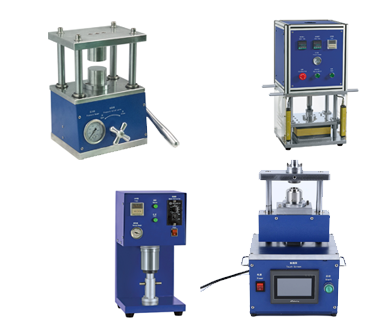Biological Safety Manual – Chapter 17: Guidelines for Work With Toxins of Biological Origin
Title Biological Safety Manual – Chapter 17: Guidelines for Work With Toxins of Biological Origin Introduction Biological toxins comprise a broad range of poisons, predominantly of natural origin but increasingly














